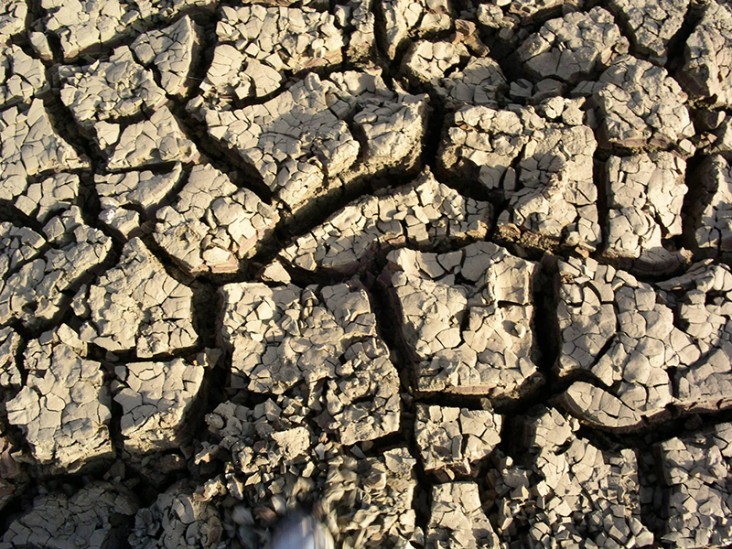- What We Do
- Agriculture and Food Security
- Democracy, Human Rights and Governance
- Economic Growth and Trade
- Education
- Environment and Global Climate Change
- Gender Equality and Women's Empowerment
- Global Health
- Humanitarian Assistance
- Transformation at USAID
- Water and Sanitation
- Working in Crises and Conflict
- U.S. Global Development Lab
Speeches Shim

Latest Zambia Fact Sheet
2020_09_30 USG Southern Africa Fact Sheet #3 ![]() (pdf - 432k)
(pdf - 432k)
view text version [pdf, 191kb]
2020_09_30 USG Southern Africa Program Map ![]() (pdf - 2 MB)
(pdf - 2 MB)
Key Developments
Widespread poverty, high COVID-19 caseloads, and locust infestations have exacerbated food insecurity across Zambia, increasing humanitarian need for food assistance and agricultural support. The number of confirmed COVID-19 cases in Zambia currently represents the third-highest countrywide figure in Southern Africa. As of September 30, nearly 15,000 people in Zambia have tested positive for COVID19, including 332 deaths linked to the virus.
In addition, COVID-19 containment measures have restricted access to markets in dense population centers, increasing food needs in low-income areas of Zambia’s capital city of Lusaka, as well as in central Zambia’s Kafue, Kitwe, and Livingstone districts. Locust infestations have also threatened crops and livelihoods among rural populations, especially in and around Western Province’s Mwandi and Sesheke towns.
USAID is also responding to disasters in neighboring Southern Africa countries.
Background
Zambia is vulnerable to cyclical drought and other natural hazards, such as floods and pest infestations, which weaken coping capacities of vulnerable communities and contribute to food insecurity and malnutrition. USAID drought response efforts focus on responding to immediate humanitarian needs, while also supporting interventions to build community resilience to mitigate and respond to future shocks.

Comment
Make a general inquiry or suggest an improvement.